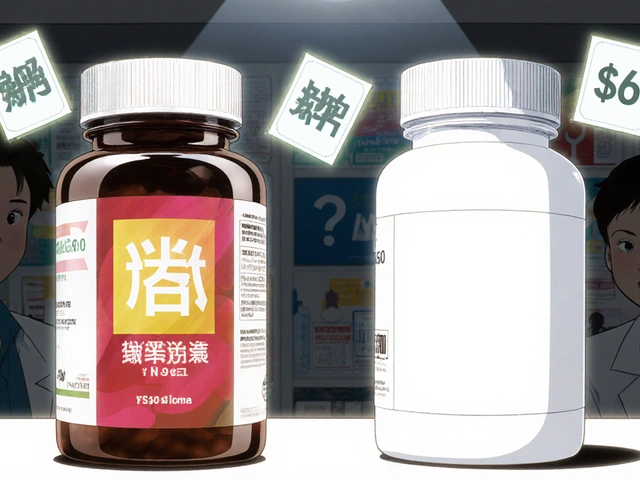Cure Rates: What They Really Mean for Your Health
If you’ve ever clicked on a drug’s page and seen a figure like “80% cure rate,” you probably wondered how useful that number really is. It’s not magic – it’s a snapshot of how well a medication or therapy performed in studies, real‑world use, or a mix of both. Understanding what those percentages represent can stop you from getting misled and help you make smarter choices.
First off, cure rates differ by disease, stage, and patient group. A medication that clears 90% of early‑stage infections might only hit 50% in advanced cases. That’s why you’ll see the same drug listed with different numbers in different articles on FollowX Pharma. When you read a cure rate, ask: what was the population? Was it a clinical trial with strict age limits, or a broader community sample? The answer tells you how close the statistic is to your own situation.
How Cure Rates Are Calculated
Most studies count the number of patients who achieve a predefined endpoint – like no detectable virus, tumor shrinkage, or symptom relief – and divide that by the total participants. If 80 out of 100 patients meet the goal, the cure rate is 80%. But there are nuances. Some trials use “intent‑to‑treat” analysis, counting anyone who dropped out as a failure, which lowers the rate. Others report “per‑protocol” numbers, only considering those who completed the regimen, which inflates the figure.
Another hidden factor is follow‑up length. A drug might look impressive after six months, but the success could drop when you look at a two‑year horizon. FollowX Pharma typically notes the follow‑up period, so you can see whether a cure rate reflects short‑term relief or long‑term remission.
Practical Ways to Use Cure Rates
Don’t let a single number decide your fate, but use it as a piece of the puzzle. Compare cure rates across similar treatments to spot trends. For example, if you’re looking at cholesterol‑lowering options, you might see Zetia’s 45% LDL‑reduction success rate versus statins that hit over 60% in comparable groups. That tells you where the drug stands, but you also need to weigh side effects, cost, and your own health profile.
Talk to your doctor about how a reported cure rate fits your personal risk factors. If a medication shows a 70% success rate in patients under 50, but you’re 68, the figure might not apply. Your clinician can adjust expectations based on age, comorbidities, and other meds you’re taking.
Finally, look for real‑world reviews and user experiences on FollowX Pharma. While anecdotal, they often add context – like whether patients had to take the drug for years, or if they experienced common side effects that could affect adherence. High cure rates mean little if most people can’t stick to the regimen.
Bottom line: cure rates are useful snapshots, not crystal balls. Check the study design, patient population, and follow‑up time. Compare numbers across options, and bring the discussion to your healthcare provider. With that approach, those percentages become a clear guide rather than a confusing billboard.






